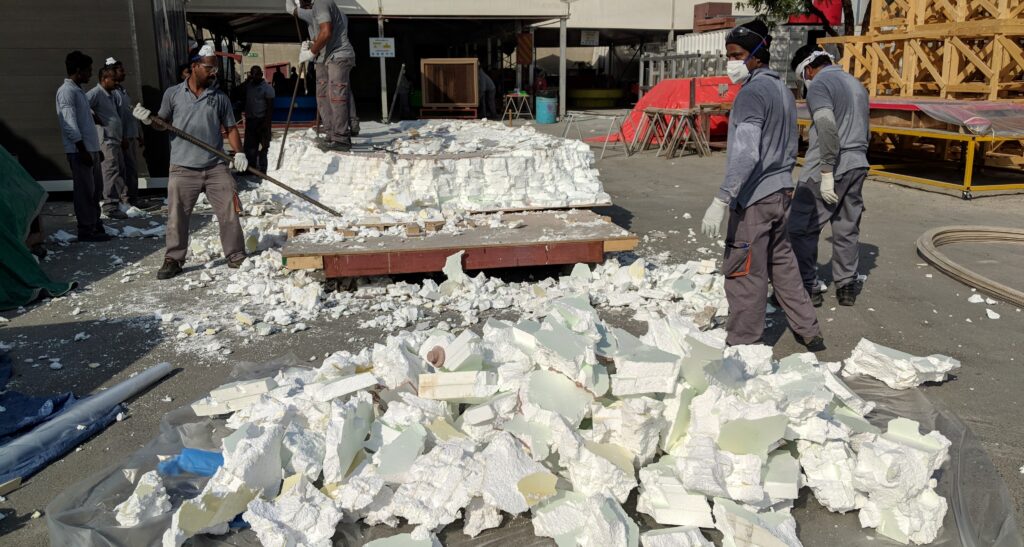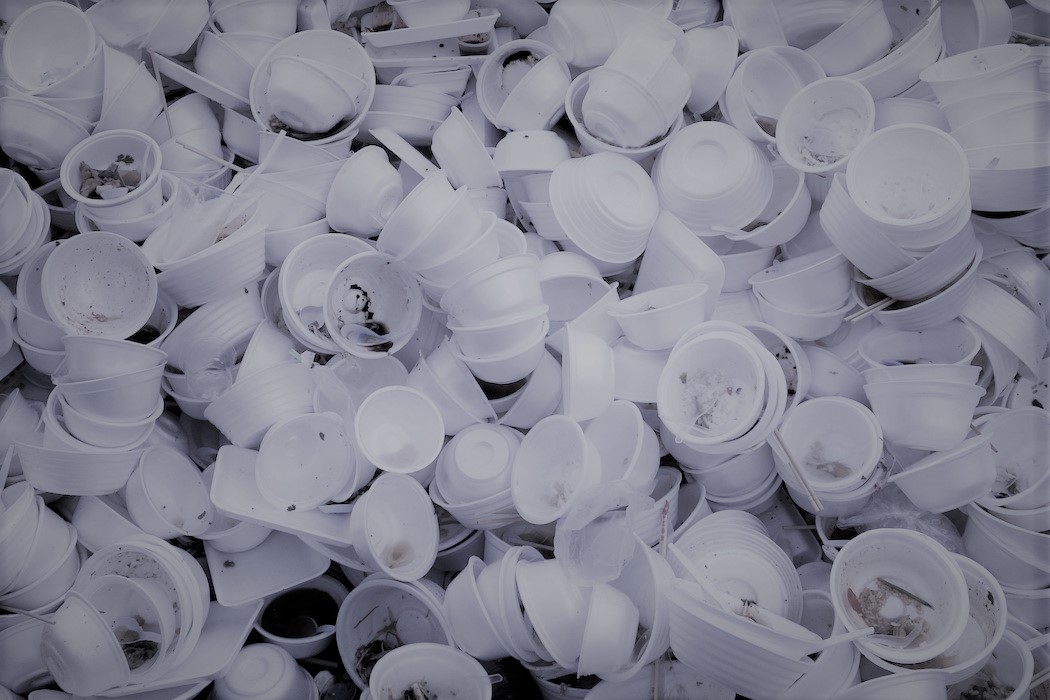Dangerous EPS: How Polystyrene is Destroying Our Planet
Polystyrene is ubiquitous; it has been for a while now. You can find it in everything from the housing of hair dryers, televisions, coffee machines and food processors to disposable paper cups and food containers. You may also have heard the term ‘Styrofoam’ being used for those flimsy white cups, plates, and boxes, which is nothing but expanded polystyrene (EPS). Think of how corn kernels pop to make popcorn, that is sort of how styrofoam is made. It is 95% air and 5% polystyrene. But did you know that polystyrene is a toxic material that is extremely detrimental to the environment in large volumes? You would think that basic rational would dictate that we would tend to use less of something as dangerous as this, but sadly, that is not the case.

Styrofoam take-away containers are popular because it’s lightweight and it is cheap. In addition to that, it also insulates the food so that it remains hot or cold. But it is also harmful in so many ways. It leaches into the food or drink that its is holding, albeit in minute quantities. The emissions from the styrofoam manufacturing factories pose a grave threat to people living in nearby communities. The workers who work in these factories are also at great risk of being exposed to highly toxic chemicals used in the manufacturing process. Add to that, styrofoam or polystyrene is not biodegradable, and it could take more than a million years to decompose. Only a very miniscule amount of the world’s polystyrene waste gets recycled, the rest is sent to landfills and wastelands. Some of this waste finds its way into water bodies, and because of its buoyant properties, it either floats on top of the water or sinks to the bottom of the waterbed. This is then ingested by aquatic animals which either choke on it and die instantly, or it leaves them seriously injured.
Polystyrene or EPS is popular in the construction sector as well. It is used to make polystyrene blocks for concrete casting, owing to its light weight and insulative characteristics. It is widely used for insulation in buildings since it mostly comprises of air, which is a bad conductor of heat. Polystyrene is also used to make form work or moulds for casting various materials. But have you thought of what happens to these EPS moulds once they serve their purpose?

The picture above was taken at a client’s warehouse. This was before they bought our moulds and had to rely on traditional moulding methods. When they were using polystyrene moulds, they would have to break it down into smaller pieces before disposing them. This would happen each time they had to create a new mould, and for large projects that would run into hundreds. In fact, the project that they are working on currently would have required them to make 230 different EPS moulds at a cost of US$ 5.5 million. Not only did this client pay a fraction of that cost to acquire our moulds, but they also significantly cut their carbon footprint. Click here to read more about how Adapa is helping our customers all over the world, reduce their carbon emission levels.
The bottom-line is that polystyrene is harmful for us and it needs to go. Hundreds of cities around the world have already placed a ban on EPS, and the latest to join the bandwagon is New York city. Businesses too are taking the pledge to do away with single-use plastic. All of this is going to help cut our carbon emissions, and every small bit helps. How about you – are you doing your part to save our environment?


